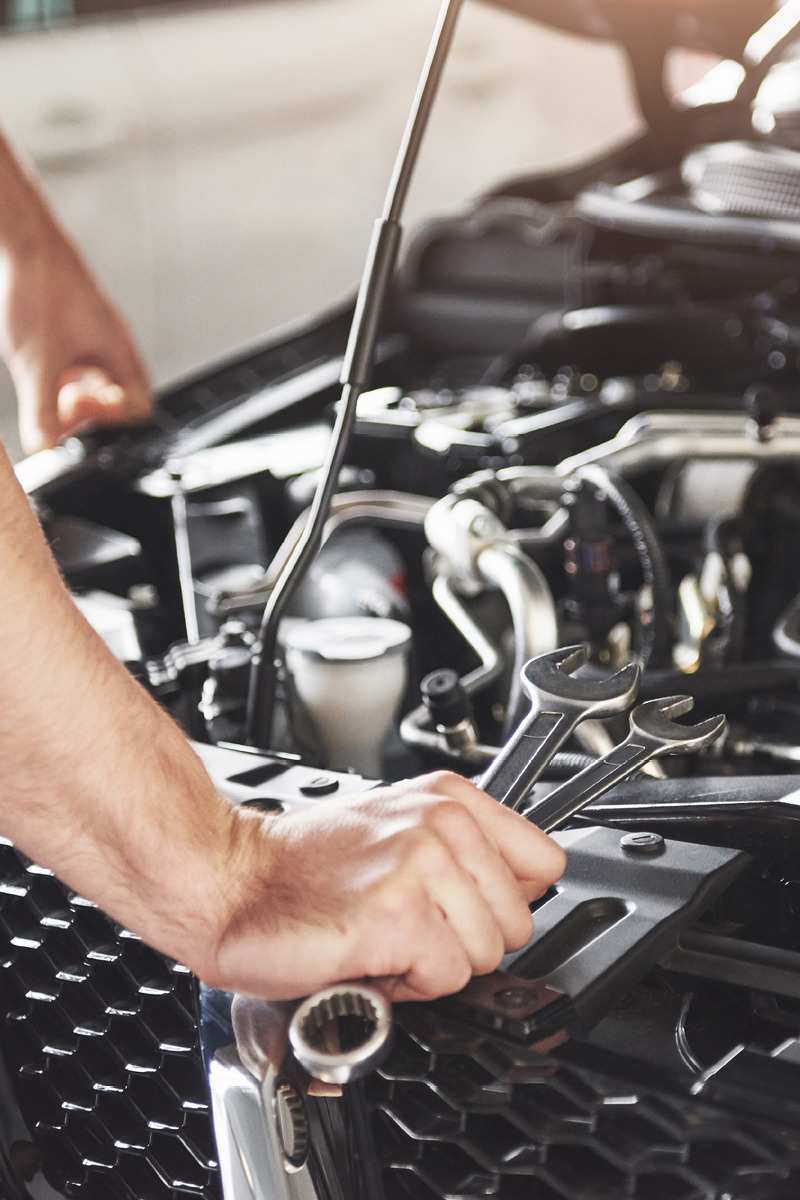
Wondering if your car needs an MOT? If your vehicle is over three years old, it legally requires an annual MOT test to stay roadworthy. Failing to renew your MOT on time can result in fines and make your insurance invalid. In this guide, we’ll explain how to check your MOT due date, what happens if you miss it, and how to book your next test
The Ministry of Transport test (MOT Test) is a requirement to determine the roadworthiness of a vehicle. First introduced in 1960, it was originally just a basic “test your brakes and lights” check. Not the most thorough of tests granted, but it paved the way towards a more comprehensive check that can save the lives of many motorists each year. Below is a list of vehicle types and required first MOT tests periods.
| Class | Vehicle Type | Age First Test Required (Years) |
|---|---|---|
| 1 | Motorcycles (up to 200cc) | 3 |
| 2 | Motorcycles (over 200cc) | 3 |
| 1 & 2 | Motorcycles with side car (any engine size) | 3 |
| 3 | Three-wheeled vehicles | 3 |
| 4 | Cars & Light vans | 3 |
| 4 | Ambulances and Taxis | 1 |
| 4 | Private passanger vehicles & Ambulances (9-12 passanger seats) | 1 |
| 4a | Includes seat belt installation check | N/A |
| 5 | Private passenger vehicles & Ambulances (13-16 passenger seats) | 1 |
| 5 | Private passenger vehicles & Ambulances (More than 16 passenger seats) | 1 |
| 5a | Includes seat belt installation check (13-16 passenger seats) | N/A |
| 5a | Includes seat belt installation check (More than 16 passenger seats) | N/A |
| 7 | Goods vehicles (over 3,000kg up to 3,500kg DGW) | 3 |
As you can see, it’s a legal requirement for most vehicles that are aged three years and over. The MOT test is an annual one that today checks a wide variety of issues that may affect vehicles, including:
- Exhaust emissions
- Wipers/washers
- Brakes
- Windscreen
- Tyres
There is a more extensive list of what’s checked with your MOT. This gives you an indication as to what an MOT test will look out for. If your vehicle fails any one of the minimum requirements for these issues, then you’ll be taking the bus to work until you’ve got them fixed.
Quickly find the MOT history of any vehicle
The good news is that if you buy a vehicle brand new, it’s not something you have to worry about for the next three years. However, for example, if you buy a used car, it’s highly recommended to check the MOT history. To make it a little easier, you can quickly find the MOT history of a vehicle against what is recorded online.
Few vehicles are exempt from the MOT test. Unless, you plan on getting a new car every three years, you will have to face the music and get your vehicle checked out. Did you know…
Having an up to date MOT certificate is essential for all vehicles travelling on any highway or road (defined as such in the Road Traffic Act of 1988). You cannot drive or park your vehicle on the road if the MOT has run out. You can be prosecuted if caught. The only exceptions are to drive it: to or from somewhere to be repaired.
In Northern Ireland new cars do not require an MOT test until four years have elapsed then they must have an MOT every 12 months.
Wear and Tear
Every vehicle that is used on a regular basis will eventually degrade unless properly maintained. You might find that keeping a simple regular check on the workings of your vehicle will save you a lot of money down the line, especially when it comes to passing an MOT test.
Vehicles that do not need an MOT
You do not need to get an MOT if:
- The vehicle was built or first registered more than 40 years ago
- No ‘substantial changes’ have been made to the vehicle in the last 30 years, for example replacing the chassis, body, axles or engine to change the way the vehicle works
- An MOT test is not required if you live on listed small islands within the UK, and do not use your car to travel to “a road in any part of Great Britain”. You can find out if your car is exempt from an MOT using the list in the Declaration of Exempt from MOT document.
Up to date MOT’s and the impact on warranties
Having a valid MOT is important for your extended used car warranty because it proves your car is safe and roadworthy, which is required by most warranty providers to keep your plan active. If your car fails its MOT or goes without one, you might not be able to make a warranty repairs request.
With a Warrantywise used car warranty, you get extra confidence, peace of mind and help with costs for unexpected repairs, unlimited repair requests, and UK-based customer support—making it valuable for keeping your car running smoothly and avoiding big bills.
Discover More.

10 ways to save money on your MOT.
Arranging your car’s MOT test can sometimes feel a bit daunting. The uncertainty of whether your car will pass and … Continued

How to save money by caring for your car.
With fuel prices, repairs, and car costs rising, saving money on your vehicle has never been more important. The good … Continued

Delaying repairs is costing you more than you realise.
(Approx: 6min read) Delaying repairs or maintenance on your vehicle might seem like a harmless way to save money in … Continued